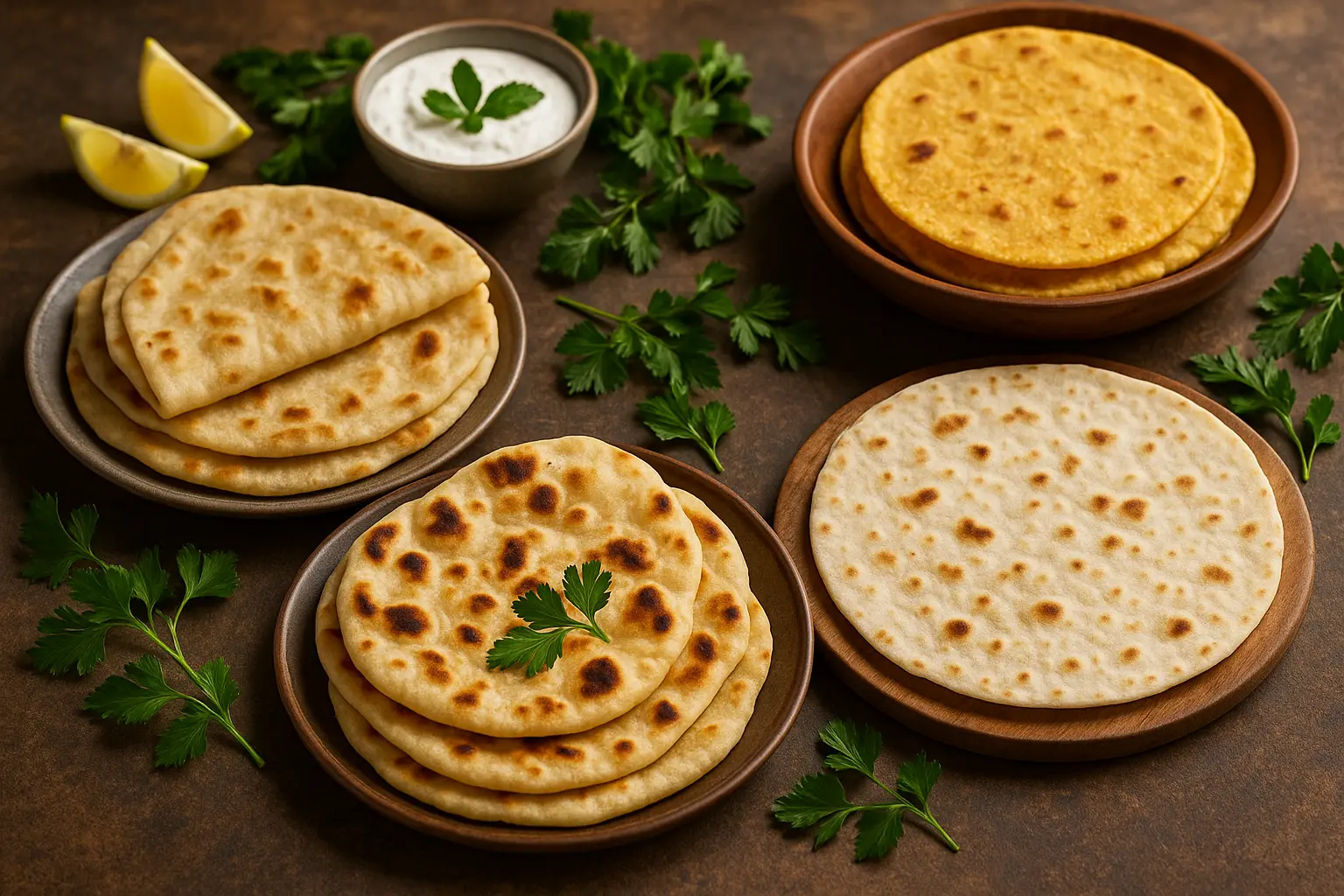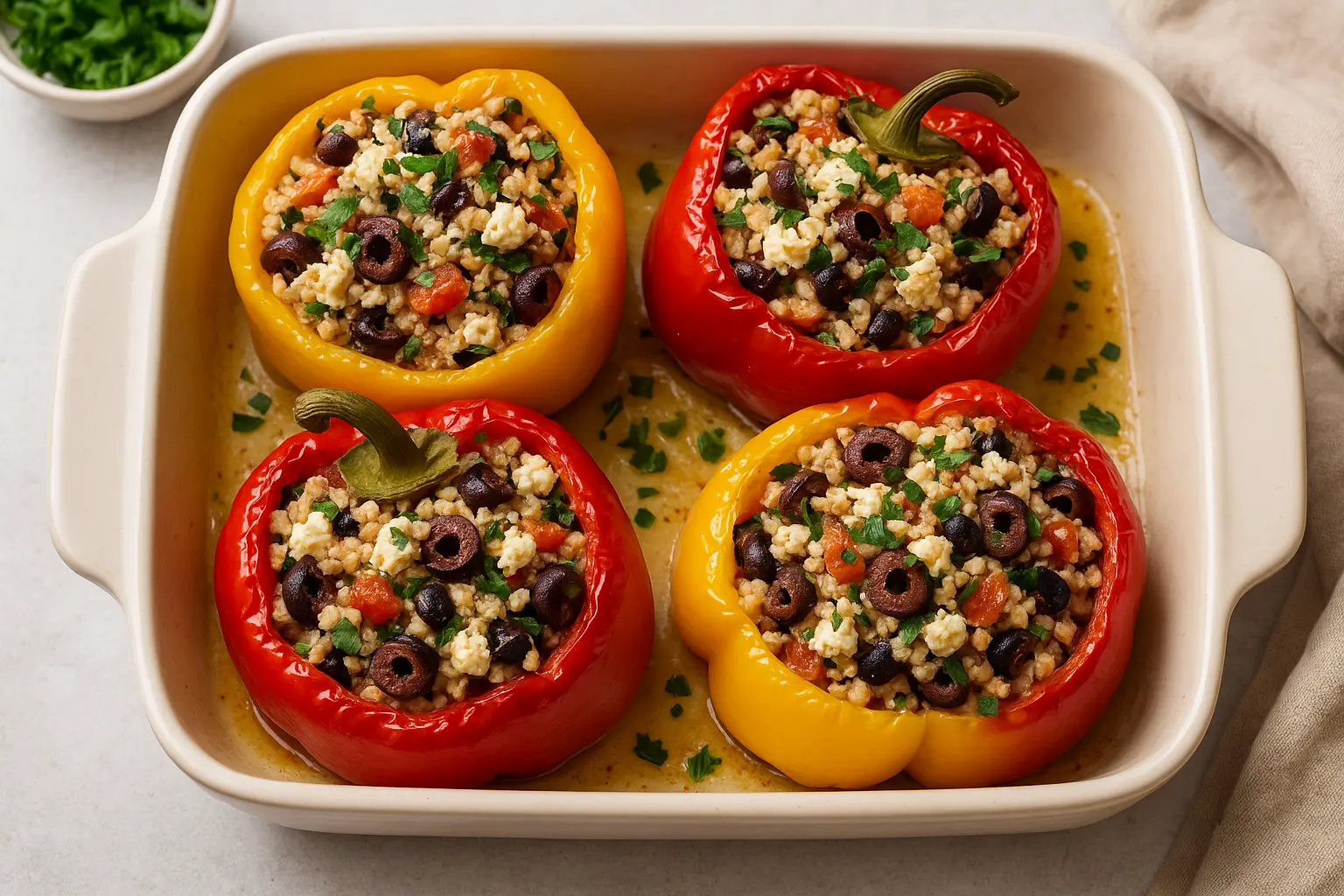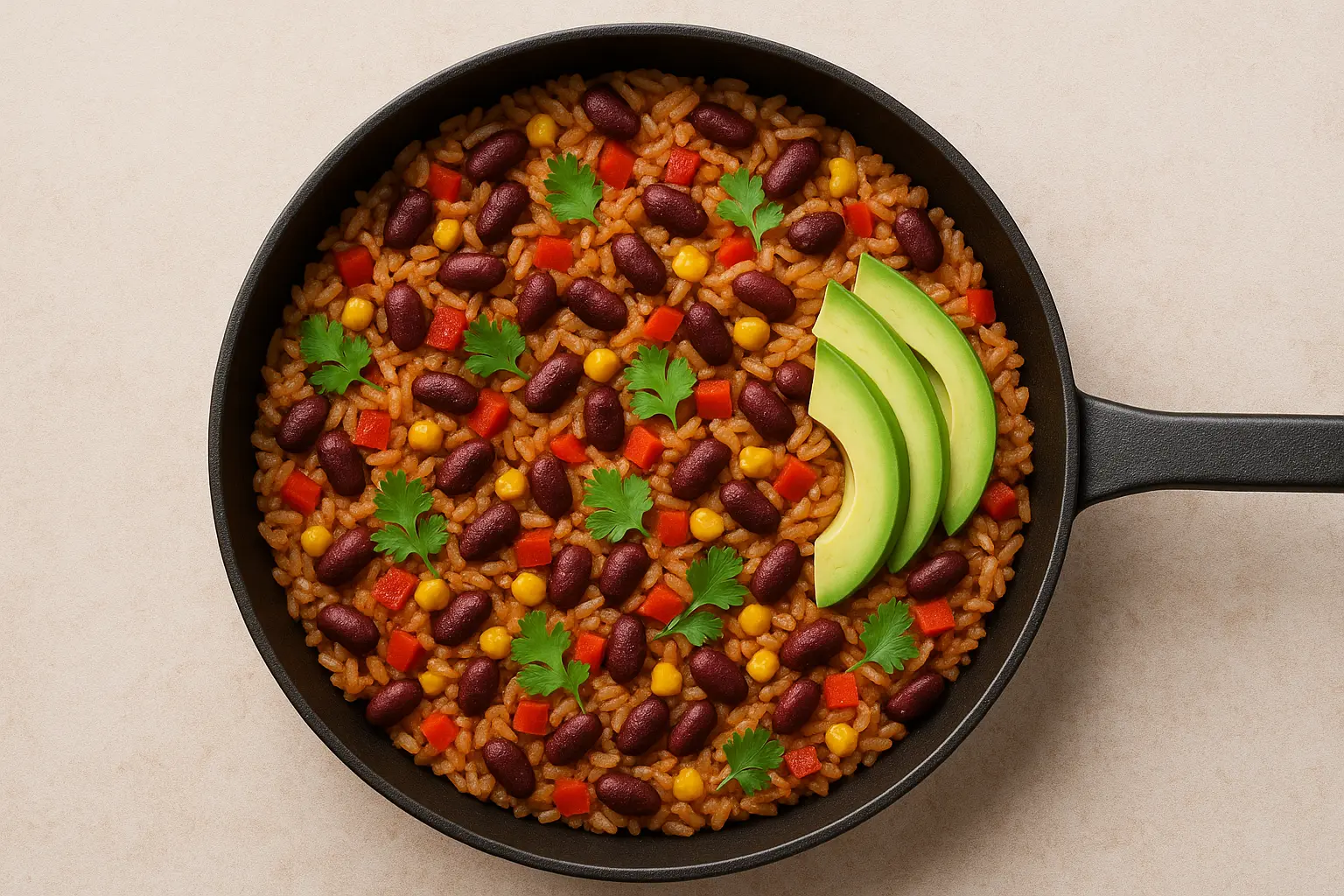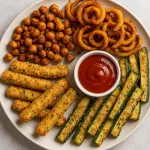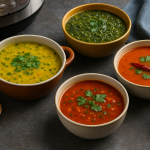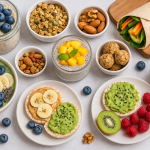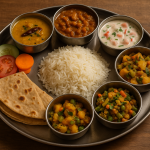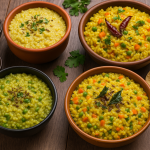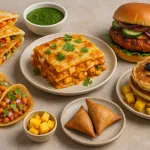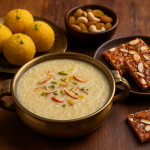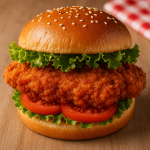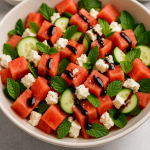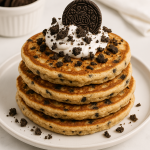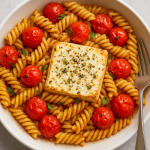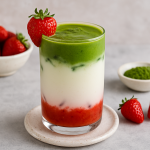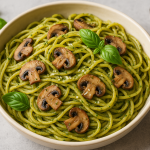Flatbreads are one of the most ancient and versatile foods in human history. Found across nearly every culture, flatbreads are simple to make yet incredibly diverse in flavor, texture, and usage. From pillowy Indian naan to crispy Italian focaccia and soft Mexican tortillas, each flatbread carries with it a story of tradition, regional ingredients, and the ways people gather around food.
In this article, we’ll dive deep into the fascinating world of flatbreads—covering their cultural significance, step-by-step recipes, variations, and practical tips for home bakers. Whether you’re looking for quick stovetop breads or oven-baked masterpieces, these recipes are approachable and rewarding.
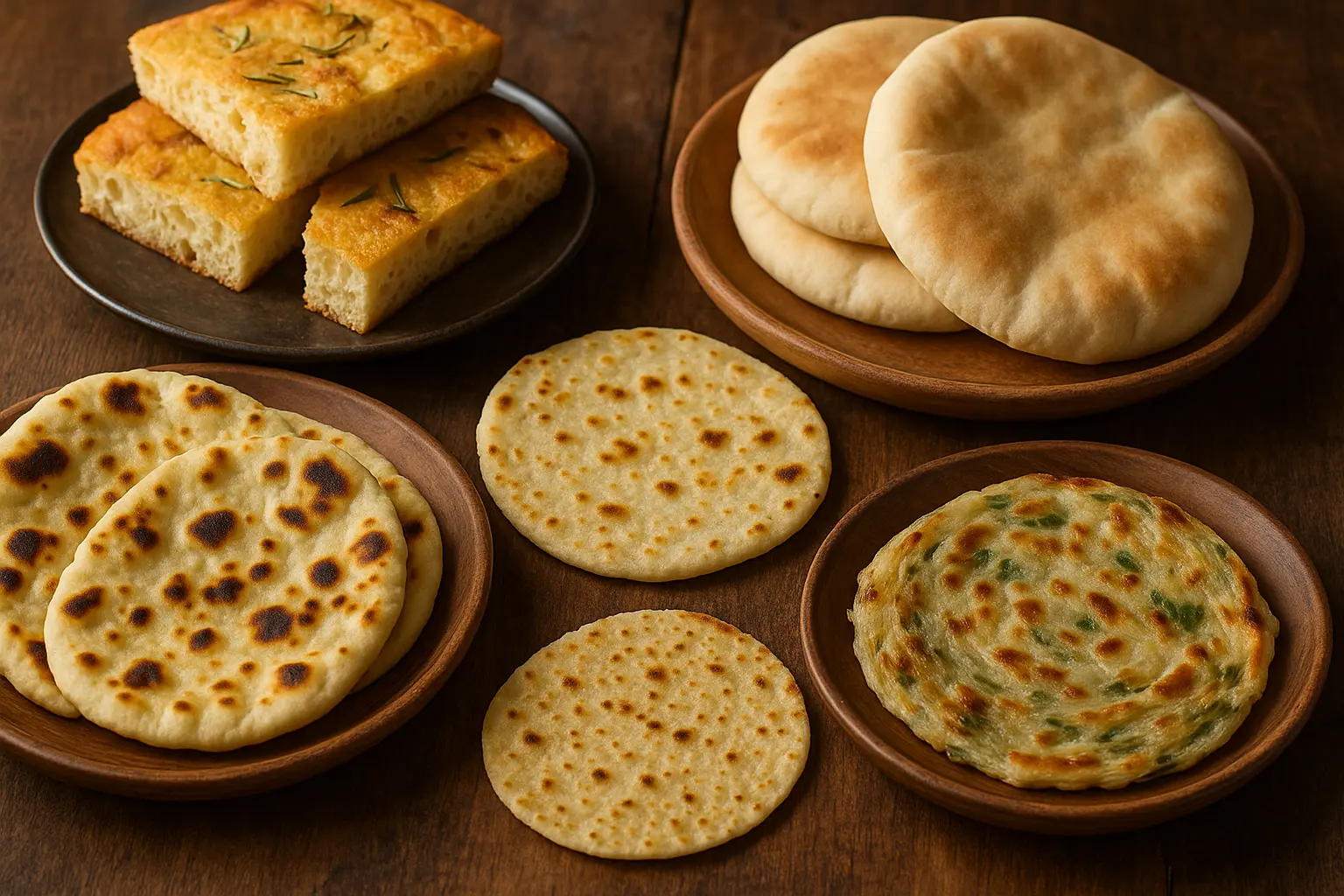
🌍 What Are Flatbreads?
Flatbreads are breads that are rolled or pressed into a thin shape before being cooked, either on a stovetop, griddle, oven, or open fire. They are typically made from flour, water, and salt, though many regional variations include yeast, yogurt, oil, or other flavorings.
Unlike fluffy loaves of bread, flatbreads are often unleavened (without yeast), though some—like naan or pita—use yeast for a slight rise. Their simplicity makes them pantry-friendly and adaptable to almost any cuisine.
🕰️ A Brief History of Flatbreads
Flatbreads are among the oldest prepared foods in the world, with archaeological evidence tracing them back over 6,000 years. Early civilizations from Mesopotamia to the Indus Valley relied on flatbreads as a staple. They were easy to make on hot stones or clay ovens and could be paired with soups, stews, or grilled meats.
- Middle East: Pita and lavash originated as portable breads for nomadic cultures.
- India: Naan, roti, and paratha evolved alongside curries and spiced dishes.
- Mexico: Corn tortillas became a cornerstone of Mesoamerican cuisine.
- Mediterranean/Europe: Focaccia and flatbreads with herbs and olive oil flourished in Italy and Greece.
Every flatbread tells the story of its land, ingredients, and people.
🍽️ Why Make Flatbreads at Home?
- Simple Ingredients: Most require just flour, water, salt, and maybe yeast.
- Quick Prep: Many can be made in under 30 minutes.
- Versatile Uses: Flatbreads work as wraps, pizza bases, sandwich pockets, or sides.
- Cultural Exploration: Baking flatbreads connects you with global traditions in your own kitchen.
🌐 10 Global Flatbreads to Try at Home
Here’s a curated selection of flatbreads from different cuisines, with step-by-step instructions and serving ideas.
1. Indian Naan
Origin: India
Texture: Soft, pillowy, slightly chewy
Cooking Method: Traditionally baked in a tandoor oven, but easily adapted to stovetop or oven.
Ingredients:
- 2 cups all-purpose flour
- 1 tsp sugar
- 1 tsp salt
- 1 tsp instant yeast
- 2 tbsp yogurt
- 2 tbsp oil or ghee
- ½ cup warm water
Steps:
- Mix flour, sugar, salt, and yeast.
- Add yogurt, oil, and warm water. Knead into soft dough.
- Cover and let rise for 1 hour.
- Divide into balls, roll into oval shapes.
- Cook on hot skillet until bubbles form, then flip. Brush with ghee or butter.
Serving Ideas: Pair with curries, lentil dals, or kebabs.
2. Mexican Corn Tortillas
Origin: Mexico
Texture: Soft, flexible, slightly nutty
Cooking Method: Stovetop skillet or griddle
Ingredients:
- 2 cups masa harina (corn flour)
- 1 ½ cups warm water
- Pinch of salt
Steps:
- Mix masa harina, water, and salt until dough forms.
- Roll into small balls.
- Flatten using a tortilla press or rolling pin.
- Cook each side on hot skillet for 1 minute.
Serving Ideas: Essential for tacos, enchiladas, quesadillas.
3. Middle Eastern Pita Bread
Origin: Middle East
Texture: Puffy, pocket-style
Cooking Method: Oven-baked
Ingredients:
- 3 cups all-purpose flour
- 1 tsp salt
- 2 tsp sugar
- 1 tbsp olive oil
- 2 tsp yeast
- 1 cup warm water
Steps:
- Mix flour, yeast, sugar, salt. Add water and oil. Knead until smooth.
- Let rise for 1 hour.
- Roll into circles and bake at 230°C (450°F) for 5–7 minutes until puffy.
Serving Ideas: Fill with falafel, hummus, grilled meats, or roasted veggies.
4. Italian Focaccia
Origin: Italy
Texture: Thick, airy, olive-oil infused
Cooking Method: Oven-baked
Ingredients:
- 3 cups flour
- 1 tsp salt
- 2 tsp yeast
- 1 tbsp sugar
- 1 ½ cups warm water
- 4 tbsp olive oil
- Herbs (rosemary, oregano)
Steps:
- Mix flour, yeast, sugar, salt. Add water, knead.
- Let rise until doubled.
- Spread dough in an oiled pan, press dimples with fingers.
- Drizzle with olive oil, sprinkle with herbs.
- Bake at 220°C (425°F) for 20–25 minutes.
Serving Ideas: Enjoy as sandwich bread, with soups, or dipped in olive oil.
5. Greek Flatbread (Lagana)
Origin: Greece
Texture: Chewy with sesame seeds
Cooking Method: Oven
Ingredients: Flour, yeast, olive oil, sesame seeds
Pairs perfectly with dips like tzatziki or melitzanosalata (eggplant dip).
6. Turkish Gözleme
Origin: Turkey
Texture: Stuffed flatbread, pan-fried
Popular Fillings: Spinach, feta, potatoes, minced lamb
Perfect as a street food snack or hearty dinner.
7. Ethiopian Injera
Origin: Ethiopia
Texture: Spongy, sour, slightly tangy
Made From: Teff flour fermented for 2–3 days
Injera doubles as both bread and utensil, used to scoop up stews (wats).
8. Chinese Scallion Pancakes (Cong You Bing)
Origin: China
Texture: Crispy, flaky, savory
Ingredients: Flour, water, scallions, sesame oil
Rolled, layered, and pan-fried until golden.
9. Middle Eastern Lavash
Origin: Armenia, Iran
Texture: Thin, flexible, or crispy if baked longer
Great for wraps or as a crunchy snack.
10. Afghan Bolani
Origin: Afghanistan
Texture: Stuffed flatbread, pan-fried
Fillings: Potatoes, green onions, lentils, pumpkin
A flavorful option for vegetarians.
🔑 Key Tips for Perfect Flatbreads
- Use High Heat: Flatbreads often need a hot skillet or oven for puff and char.
- Rest Dough Properly: Even 15–30 minutes helps gluten relax for easier rolling.
- Experiment with Flours: Whole wheat, spelt, teff, or rye can add depth.
- Flavor Boosts: Add herbs, garlic, or spices to dough for extra taste.
- Storage: Wrap cooled breads in cloth to keep soft. Freeze extras for later use.
🍴 Pairing Ideas
- With Curries: Naan or roti complements spicy gravies.
- As Wraps: Tortillas, lavash, or pita make excellent sandwich bases.
- For Dipping: Focaccia and pita are great with hummus, baba ghanoush, or olive oil.
- As Pizza Base: Many flatbreads double as quick pizza crusts.
🌟 Modern Flatbread Twists
- Gluten-Free Versions: Try rice flour tortillas or almond flour flatbreads.
- Vegan Alternatives: Replace yogurt/milk with plant-based versions.
- Quick No-Yeast Recipes: Soda or yogurt-based flatbreads save time.
- Creative Fillings: Mix cuisines—like Mexican tortilla wraps with Indian paneer tikka.
📝 Final Thoughts
Flatbreads are the heartbeat of many global cuisines. They’re comforting, adaptable, and surprisingly simple to make at home. By trying these recipes, you not only bake delicious breads but also travel across cultures—tasting a little piece of the world in your own kitchen.
Whether you’re rolling tortillas for taco night, puffing up pita pockets, or brushing naan with garlic butter, flatbreads bring warmth and connection to every table.
So grab your flour, heat up a skillet, and start exploring these easy global flatbreads today!
Leave a comment
Your email address will not be published. Required fields are marked *


